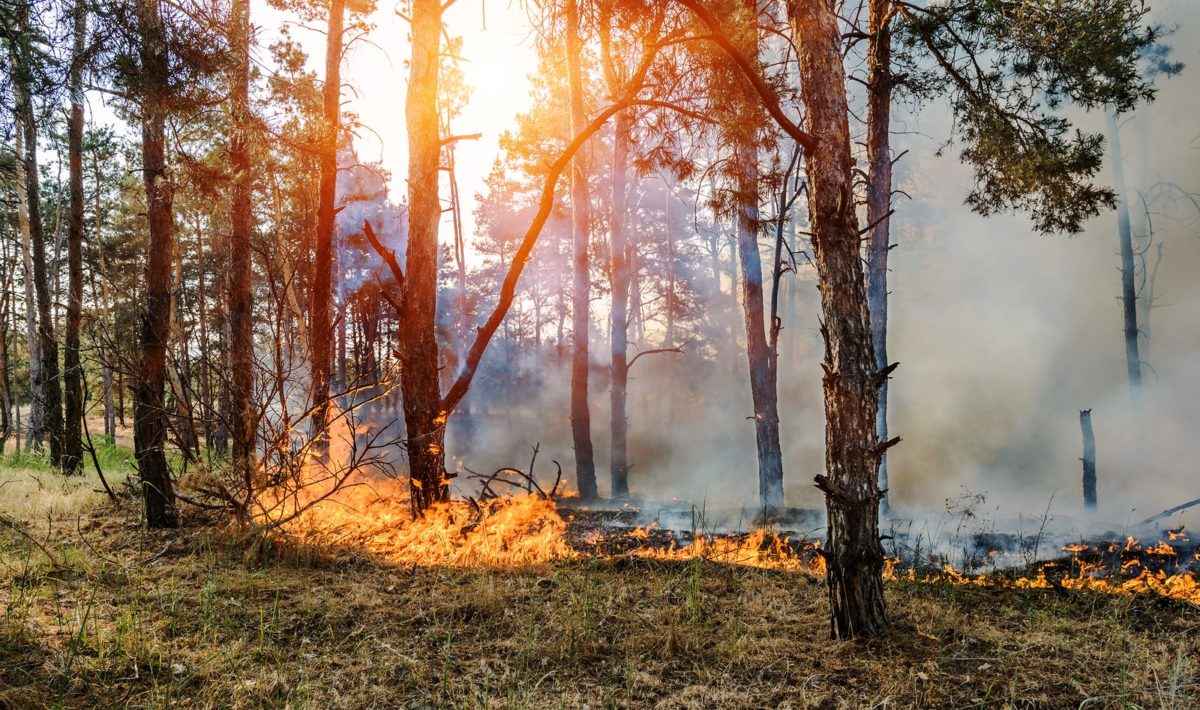
In July 2018, Death Valley endured the hottest month ever recorded on Earth. The majority of the largest recorded wildfires have occurred in the past 10 years, and all but one of them have happened this century.
Park Williams, a professor of biology and environment at Columbia University, claimed that a wet spring normally makes for a calmer fire season. This spring, rainfall was adequate. And in 2017, the spring rains were enormous and excessive. Both fire seasons, therefore, should have been calm, but both seasons turned out to be anything but. In 2017 and thus far in 2018 we’ve seen giant outbreaks of fires in areas where you wouldn’t have expected it based on the soil-moisture balance, claimed Williams. Considering how soil-moisture levels in June 2018 compared to early summer moisture over the past 120 years; the areas where we’ve been seeing big fires this year are generally dry, but some areas are not even near record-breaking dry.
Other Possible Explanations for the 2018 Fire Season
Some literature suggest that wildfires are more driven by the temperature and moisture content in the air than by the moisture content in the soil. This threatens our warming world. Wildfires may become harder to predict during the preceding winter and spring. Williams said, there’s even more evidence “that a warming climate strongly promotes increases in forest fire activity in western North America.”
The National Climate Assessment concluded that the number of large blazes had increased since the early 1980s and the number of wildfires “is projected to further increase in those regions as the climate warms”, which can produce “profound changes to certain ecosystems.”
A 2016 study in the Proceedings of the National Academy of Sciences found that human-caused climate change had doubled the number of overall acres burned by wildfires since the mid-1980s.
Modern data, collected through incident reports and satellite observation, show that wildfires now burn twice the area they did in 80s and 90s. Despite the scale of the California blazes in 2018, Williams said the western United States overall would likely escape the year without setting a new national record in acreage burned.
There is little to base off of for the big wildfire years of this decade because the planet as a whole is entering into an unprecedented new climatic era. It is predicted that the worst wildfires are yet to come; and the only technologically proven way to keep them at bay is to reduce greenhouse-gas emissions.
About Provident FirePlus
At Provident FirePlus, we offer custom tailored packages to best protect firefighters and volunteer firefighters. We understand the risks that emergency response teams are subjected to on a daily basis, and have worked to serve these dedicated professionals for over 87 years. For more information about our products and policies, we invite you to contact our experts today at (855) 201-8880.

